For the first time in more than a decade, Rio de Janeiro‘s beaches are safe for swimming!
The coast of the Brazilian coastal city has for years been infested with sewage, industrial pollution and rubbish, but a massive cleanup operation is finally changing that.
Water testing, sanitation initiatives and favorable weather conditions have now transformed the waters into a pristine playground for beach lovers, with iconic views of Sugar Loaf Mountain and Christ the Redeemer.
How did Rio clean up its beaches?
In 2021, Rio State authorities privatized the region’s poor water and sanitation service, Cedae, and it is now owned by Aguas do Rio. This company has worked to prevent untreated sewage from being dumped on the city’s beaches.
Under a five-year plan with a promised investment of 2.7 billion reais (508 million euros), the company managed to reverse years of failed cleanup programs. It has installed new pumping systems, revitalized the city’s sewage systems and diverted the polluted Rio Carioca river – which flows into Guanabara Bay - towards an interceptor that prevents waste and sewage from reaching the beach.
It also removed hundreds of tons of waste from the interceptor to increase its flow and drainage capacity. Some parts have not been cleaned since its construction 50 years ago.
“When we see such rapid change in some areas of Guanabara Bay we realize that what was missing was serious work, permanent work,” says Brazilian biologist Mário Moscatelli. “And that’s what’s happened over the last two years so far.” He believes that in the next 15 years the entire bay, which spans four cities, could be as clean as the Rio section.
By the end of Aguas do Rio’s 35-year contract, it has promised 24.4 billion reais (4.6 billion euros) to bring the sewage-treatment rate up to 90%. This follows years of broken promises of improvement in sewage treatment and clean up the polluted bay, including ahead of the 2016 Olympics, when the state declared insolvency and failed to address the pollution that made headlines.
Swimmers are returning to Rio’s waters
Along with Guanabara Bay, Botafogo, Flamengo and Copacabana beaches have all seen the benefits. Botafogo “was once not suitable for swimming, no one ever came here,” says fisherman Abel da Silva. “Now people are coming back.”
The country’s State Environmental Institute (INEA) has been collecting samples from beach waters since 2007 and analyzing fecal bacteria. Readings on September 22 showed that only two sections in Barra da Tijuca beach on the west side of Rio were not suitable for swimming. In the past, whole beaches were deemed unfit to swim. Now all beaches have swimming sections.
The Rio state government attributes the improvement to recent sanitation work and the lack of rain in recent days.
Swim in the crystal-clear waters of Rio de Janeiro’s beaches for the first time in a decade! After years of sewage, industrial pollution and rubbish, a massive cleanup operation has finally made the waters safe for beach lovers. With iconic views of Sugar Loaf Mountain and Christ the Redeemer, Guanabara Bay, Botafogo, Flamengo and Copacabana beaches are now pristine playgrounds. Thanks to the five-year plan with a promised investment of 2.7 billion reais (508 million euros) and the lack of rain in recent days, the Rio state government has achieved a 90% sewage-treatment rate. So, what are you waiting for? Come and enjoy the beauty of Rio’s beaches!

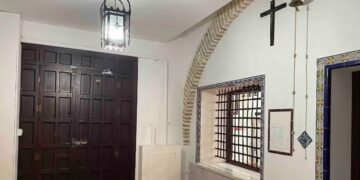




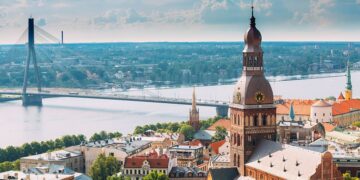



















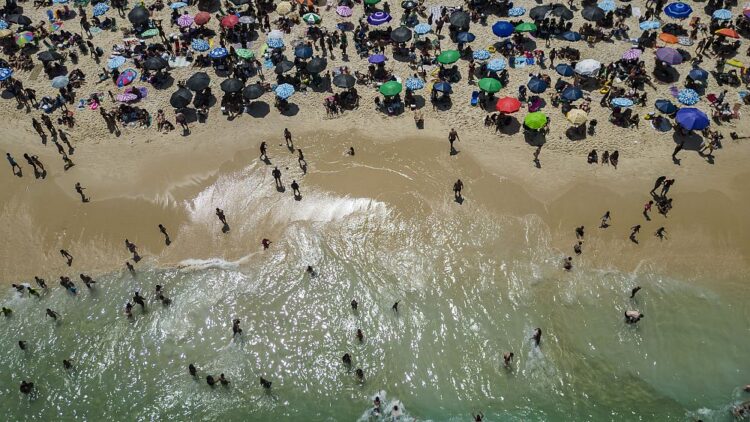










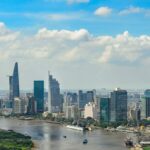

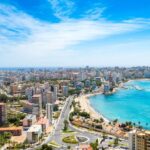


Wow, I cant believe Rios beaches are clean now! Its like magic happened.
Wow, Im impressed with Rios beach cleanup! Cant wait to take a dip in those sparkling waters! 💦🏖️ #BeachGoals
Wow, Rios beaches are looking fresh! Kudos to the cleanup crew, you guys rock! 🌊👏
Sure, Rios beaches are clean now, but what about all that underwater pollution? 🐠🌊
Sure, Rio cleaned up its beaches, but what about the poor dolphins? #SaveTheDolphins
While its great to see Rios beaches cleaner, lets not forget the impact on our marine friends. The well-being of dolphins should be a priority too. Lets work towards a balanced environment where both people and animals can thrive. #SaveTheDolphins
Wow, great job Rio! But I still wont swim there. Sharks, anyone? 🦈🌊
Are you serious? Sharks are everywhere in the ocean, not just in Rio. Stop being so paranoid and let others enjoy the beauty of swimming in the sea. Dont let fear control your life.
I cant believe they cleaned up Rios beaches! I miss the trash sculptures, so artistic. 😂🗑️
Are you kidding me? Trash sculptures? Thats just a sad excuse for pollution. Cleaning up the beaches is a step towards a healthier environment. Lets appreciate the beauty of nature instead of glorifying garbage. 🌊🌿